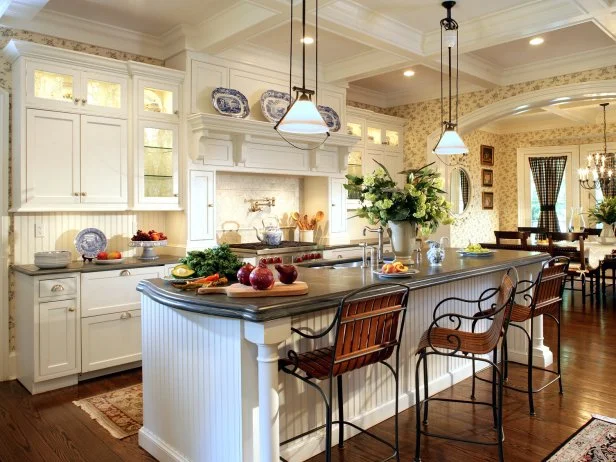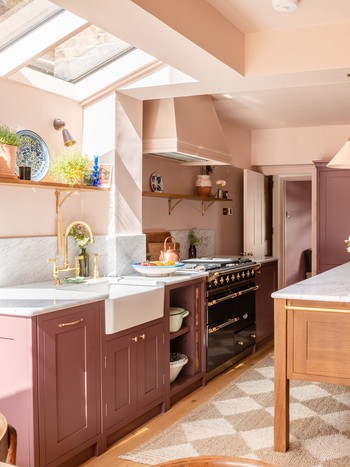A Guide to Selecting the Perfect Legs For Cooking Area Island for Your Home
Choosing the optimal legs for your kitchen area island is a nuanced decision that impacts both the functionality and aesthetic allure of this main space. As you consider these elements, it comes to be obvious that the ideal legs can transform not just the appearance of your kitchen area but also its use for years to come.

Comprehending Kitchen Island Legs
When picking legs for a kitchen area island, it's necessary to comprehend their visual and functional functions in the overall design. The legs offer as an essential assistance system, making certain stability and durability for the island, which usually operates as a work area, eating location, or gathering spot. The option of material and building method have to be durable enough to endure everyday usage and possible wear.
In enhancement to their architectural responsibilities, legs contribute considerably to the island's aesthetic charm. They can improve the cooking area's design, whether via traditional, modern, or diverse layouts. The elevation and percentage of the legs are additionally essential factors to consider; they have to integrate with the island's countertop elevation while making certain comfy seating for those making use of the area.
Additionally, the leg style can influence the overall flow of the kitchen. Open, ventilated leg designs can produce a feeling of lightness, while solid, considerable legs may convey a much more grounded and stable visual - Legs For Kitchen Island. Recognizing these aesthetic and functional aspects will certainly assist house owners in making notified choices that enhance their kitchen area's style and enhance its use
Popular Styles and Products
The selection of legs for a kitchen island incorporates a range of popular designs and materials, each offering one-of-a-kind features that can improve both functionality and aesthetics. Amongst one of the most sought-after designs are contemporary, rustic, and typical. Contemporary legs commonly feature streamlined, minimalist layouts that highlight simpleness and clean lines, making them perfect for modern-day kitchens. Rustic designs, on the other hand, accept natural environments and typically display recovered timber or distressed coatings, adding heat and charm to the area. Traditional legs commonly display luxuriant details and workmanship, improving traditional kitchen layouts.

Elevation and Security Considerations

Security is one more important consideration. The legs of the kitchen area island ought to provide ample support, ensuring that the framework can stand up to everyday use without tottering or changing. Product choice plays a significant duty in stability; steel see page legs, for instance, often tend to use greater toughness contrasted to wood. In addition, making sure that the island is securely secured to the flooring or wall can boost stability, specifically for larger islands that might bear considerable weight.
Matching Your Cooking Area Aesthetic
Choosing the appropriate legs for your kitchen island goes past capability; it also plays a considerable duty in the total aesthetic of the area. When picking legs, take into consideration the design style of your kitchen. For a contemporary look, smooth steel or minimal layouts can create a clean, contemporary ambiance. On the various other hand, traditional or rustic kitchen areas usually gain from wooden legs with elaborate outlining or a distressed surface, improving heat and personality.
Color is another critical factor. Legs that complement or contrast with your island's surface and surrounding cabinetry can develop aesthetic consistency or striking centerpieces. For circumstances, matching dark wood legs with a light marble countertop can include deepness and rate of interest. Furthermore, consider the finish of the legs; matte, glossy, or distinctive coatings can substantially affect the overall feeling of the cooking area.
Installment and Maintenance Tips
Installing kitchen area island Discover More legs needs careful focus to detail to make certain both security and aesthetic appeal. Begin by picking an appropriate location for your island, guaranteeing it is level and has enough area for activity. Utilize a stud finder to locate wall surface studs if you are attaching the legs to a wall surface or using braces for added assistance. Mark the placement of the legs precisely prior to boring.
When safeguarding the legs, use high-grade screws and, if necessary, redirected here wood adhesive for additional strength. For steel legs, make certain that you are using proper supports and devices to avoid damage to your flooring. It is advisable to look for levelness after setup, making changes as required to stay clear of wobbling.
Upkeep is similarly crucial for durability - Legs For Kitchen Island. Frequently examine the legs for any type of indications of wear or helping to loosen, specifically in high-traffic areas. Clean the legs with a suitable cleaner, preventing rough products that might damage the surface area. For wood legs, take into consideration applying a timber conditioner periodically to maintain their finish. By following these installation and maintenance suggestions, you can make sure that your kitchen area island legs stay both visually appealing and useful.
Verdict
Finally, choosing the suitable legs for a kitchen island demands mindful factor to consider of height, stability, and visual compatibility. By selecting ideal materials and designs that straighten with the general kitchen layout, performance can be improved while preserving visual allure. Appropriate installment and ongoing upkeep further add to the longevity and durability of the kitchen island. Ultimately, thoughtful leg selection plays an essential duty in raising both the practicality and layout of the kitchen area room.
When selecting legs for a kitchen area island, it's essential to comprehend their visual and functional functions in the total design. Open, airy leg designs can develop a sense of agility, while strong, substantial legs may share a more grounded and steady visual. The legs of the kitchen island must provide sufficient assistance, guaranteeing that the structure can stand up to day-to-day use without wobbling or moving.Installing kitchen area island legs calls for mindful attention to detail to guarantee both security and visual appeal.In verdict, selecting the suitable legs for a kitchen area island demands careful consideration of height, security, and aesthetic compatibility.